In this modern age of science and technology, several natural phenomena still remain unexplained, intriguing us to investigate and unravel the truth. Bird migration is one such phenomenon that is yet to be fully understood. Scientists across the world are still trying to solve how birds travel thousands of kilometres across continents and oceans to land in exactly the same location each year. The Bombay Natural History Society (BNHS) has also been working for decades to decode the mysteries of bird migration. In this direction, BNHS has launched a citizen science initiative to digitise decades of bird-ringing data that might hold answers to some of the mysteries of bird migration. The digitisation project has also provided a golden opportunity for many individuals working outside the field of conservation to contribute to wildlife science. It is part of the newly launched BNHS-Seva initiative that allows BNHS members to volunteer for the organization’s field research and conservation projects and contribute to making the world a better place for all.
The Launch Of The Project And Its Importance
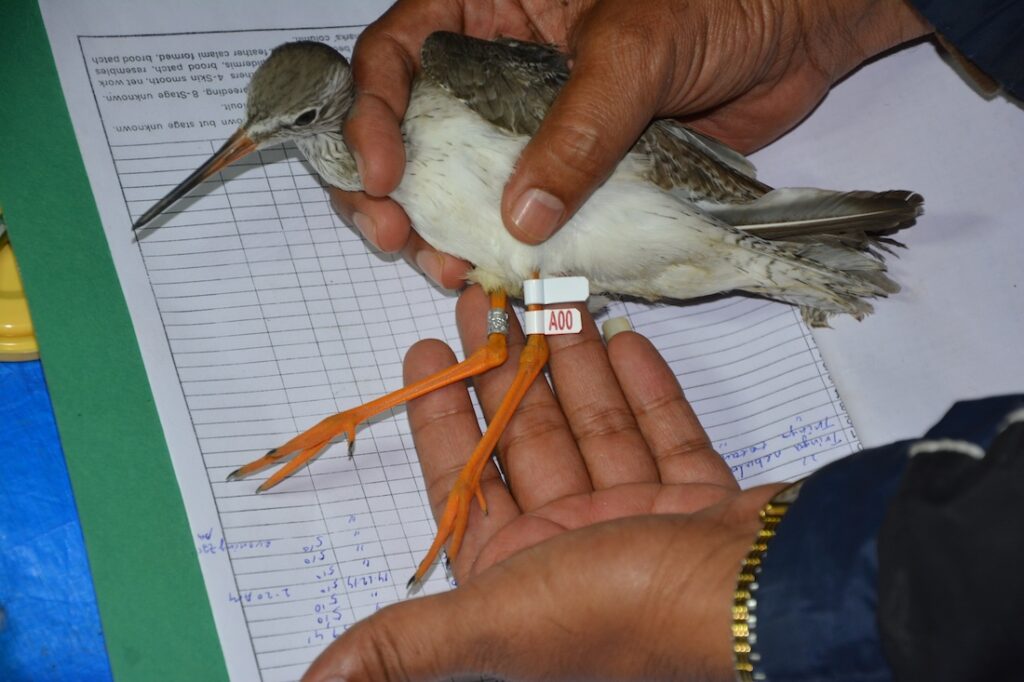
“The bird ringing activities of BNHS have been running for over 90 years, during which researchers have ringed lakhs of birds and captured many data points. All this data remains locked away in physical pen and paper records. We hope to unlock this in the next few months and make the data available for broader scientific research,” mentioned Deepak Rajanna, the software lead of the digitisation project.
For Deepak, the thread started with a chance encounter with the Director of BNHS, Kishor Rithe, on one of the bird-ringing camps held in Point Calimere, Tamil Nadu, in 2023.
“At that moment, I had been contemplating getting into environmental conservation and decided to do an internship with BNHS in the hope that I would figure out my niche. Since I come from two decades of experience in software development, I was looking for an opportunity that leveraged my skills, and the digitisation project was a perfect fit,” said Deepak.
So, he started brainstorming a way to execute the project. Coming from a software background, he was completely new to the concept of bird tagging. However, with the help of Dr. P. Sathiyaselvam, the Deputy Director and Head of the Wetlands and Flyways Programme at BNHS, Deepak gathered the much-needed knowledge to start the work.
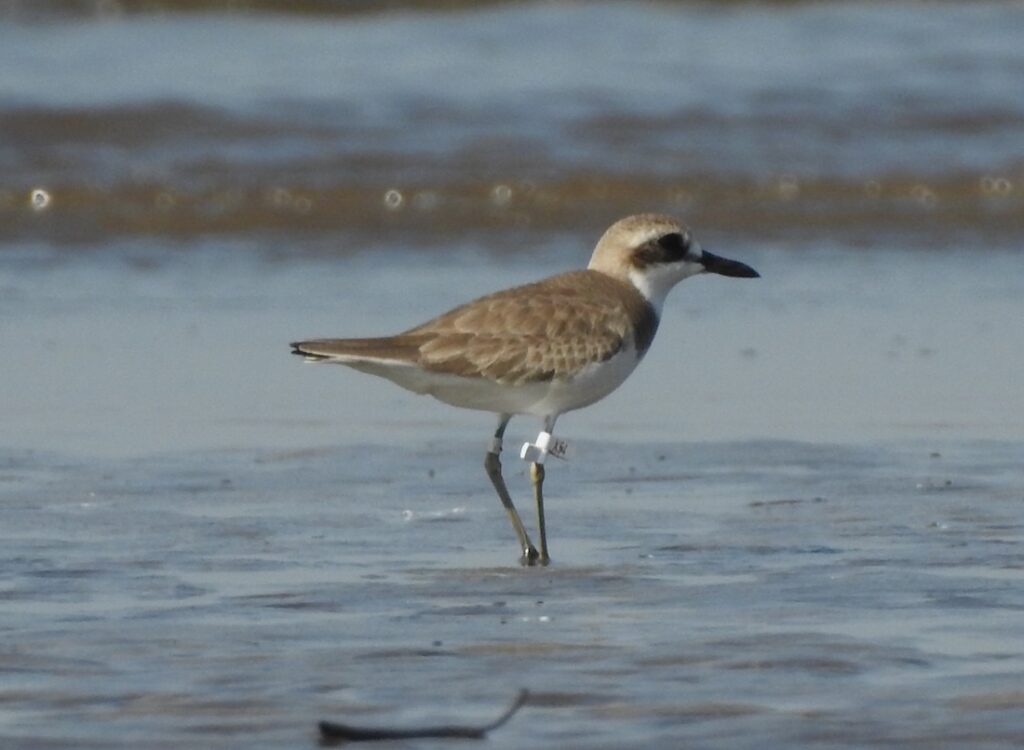
“Ringing, flagging, and GPS-tagging are ways of identifying and studying migratory birds. In ringing, which is what the project revolves around, birds are captured and fitted with metal or plastic rings with numbered inscriptions on their legs. Researchers also note down several data points like the location of capture, species of bird, weight, etc., on data sheets and then release the bird back into the wild. When these ringed birds are recaptured by researchers at other locations along the migratory routes of birds, the data is once more recorded and shared between scientists for analysis. This kind of sharing often involves international-level cooperation between organisations as these birds fly across international borders during migration. In the case of India, three flyways pass through the country, with the Central Asian Flyway being the major one,” Deepak explained the procedure of bird ringing.
However, why is there a need to ring the birds? Dr. P. Sathiyaselvam provides the following information:
“BNHS has been ringing birds since 1927. Bird ringing and other tagging techniques are essential to protect the birds throughout their migratory routes. If the bird is protected in one place but faces threats in another along its route, then all conservation efforts fail. Migratory birds need to be provided a safe passage all along the flyway. Hence, we must identify the linkage of habitats along the bird’s migratory route, the problems in each area, and the conservation strategies needed to overcome the issues. So, ringing and related studies help us answer many vital research questions that help us design the perfect conservation programs for the migratory birds,” he said.
Thus, long-term preservation of such ringing data is essential given the vital role of ringing studies in migratory bird conservation and the significance of even old data in understanding migratory patterns and habitat evolution.
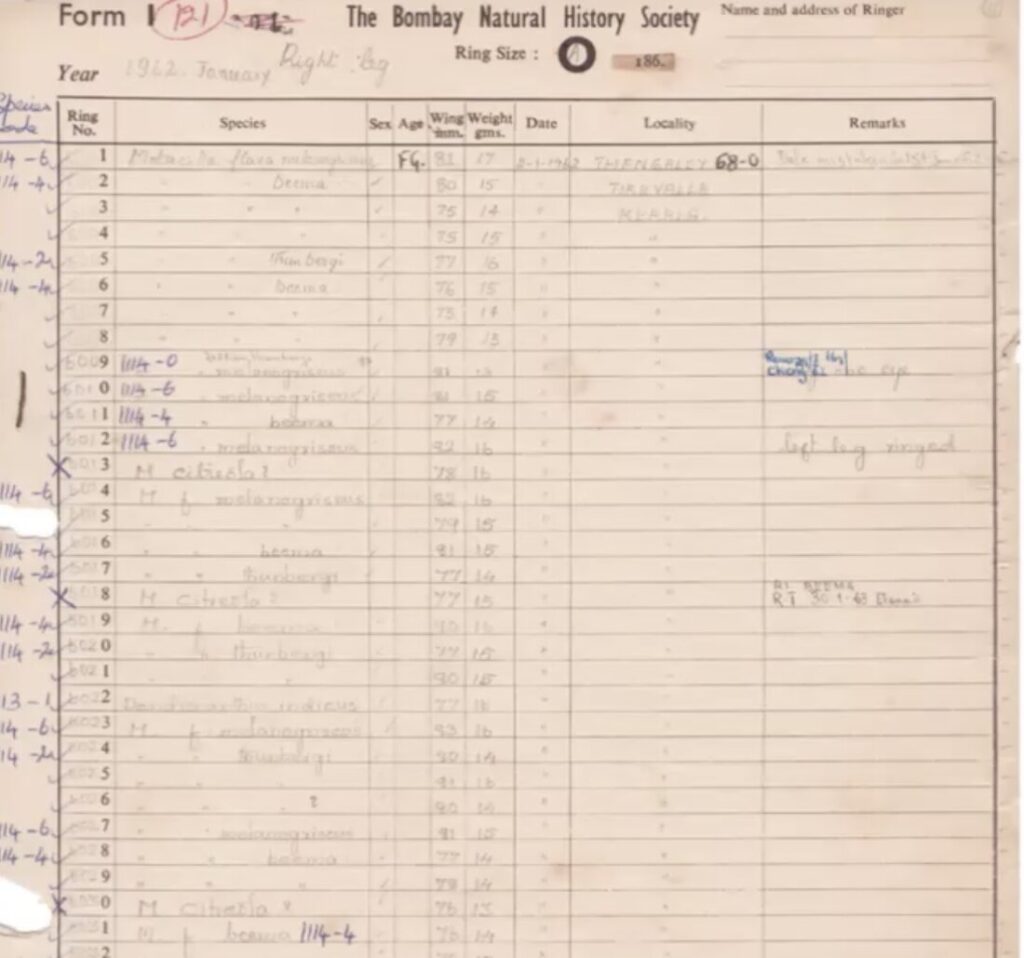
“There was a sense of urgency to digitise the bird ringing data of BNHS because we were losing data on many of the old sheets due to moisture. We could not afford to lose such vital data,” mentioned Deepak.
The Execution Of The Project
Once equipped with all the knowledge, Deepak immediately set to work in early 2024 to execute the digitisation project.
Initially, he thought of using AIML (Artificial Intelligence Machine Learning) to digitise the bird ringing data, but he could not fully rely on AIML for various reasons. That is where people’s involvement in the project was needed.
“We took around five months to build algorithms and the software system for the project. However, I also found that it was important for the human eye to inspect the data sheets, as the software system could not properly capture and interpret all information. For example, the handwriting is not legible in places, and the software sometimes misreads non-alphabet symbols,” said Deepak.

So, Deepak soon developed a standard protocol to digitise the bird-ringing data. A software team would scan all the sheets and upload the files to the software system, where the algorithms would extract data and add it to the database. Then, volunteers and interns would run quality checks by comparing the online data with the data sheets and making corrections wherever needed. After that, a researcher would inspect the output, and then the system would run a final check before the data was ready for analysis.
“Till now, we have scanned 20,000 sheets and ringing data of over 120,000 individual birds belonging to more than 450 species has been added to the database,” said Deepak.
Citizens Contributing To Science
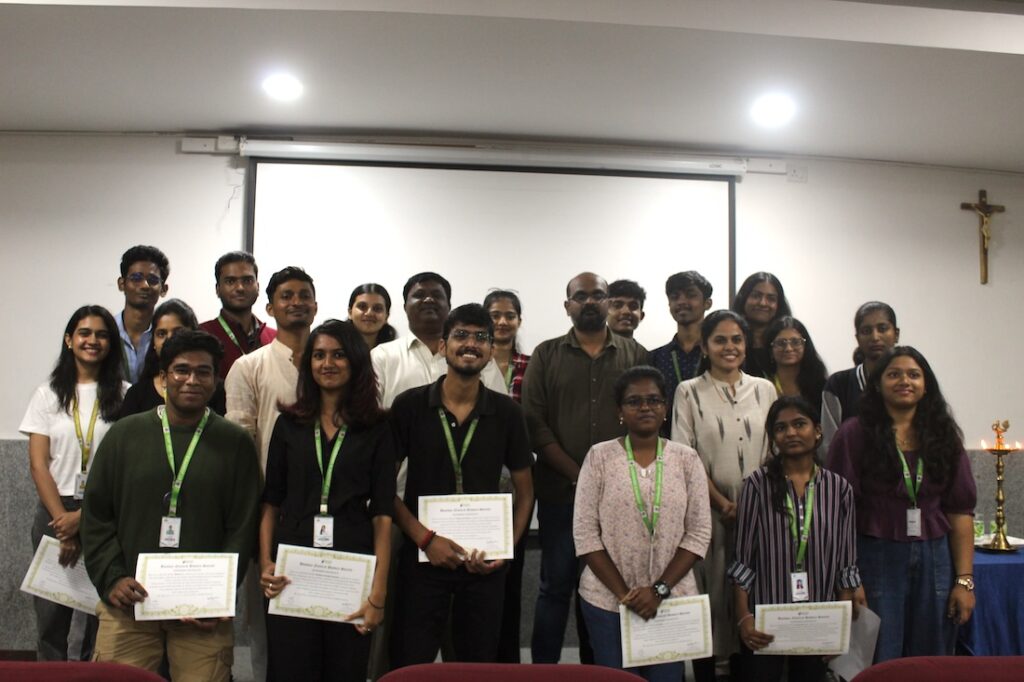
One of the best aspects of the BNHS bird-ringing data digitisation project is that it allows individuals not directly working in wildlife research and conservation to contribute to wildlife science.
Deepak, the project lead, hails from an information technology background and has found a way to channel his desire to contribute positively to conservation through this project. So did several other individuals who are part of it.
“I enjoy being out in Nature and observing the wildlife, particularly birds. Since I have retired from corporate life, I would like to contribute to meaningful initiatives to protect the environment and wildlife. BNHS is known to be one of the country’s leading wildlife research organisations, so this project seemed relevant. Moreover, it offers flexibility in time, and I can work whenever I have capacity,” mentioned Dhruv Swamini from Gurgaon, who has been volunteering for the project since June 2024.
Asha Pradeep, a homemaker from Bangalore, has been a volunteer since April 2024 and is excited to be part of the project.
“Bird watching is like a treasure hunt. Identifying birds and learning about them and their activities gives me a lot of happiness and satisfaction. Taking actions that are good for their future makes me feel alive and simultaneously more in the moment! Contributing to a public science database as a citizen science project is extremely rewarding! Thank you, BNHS, for giving me this opportunity,” mentioned Asha.
Another volunteer, Minal Mehta, from Mumbai, a mindfulness coach by profession, is a BNHS volunteer as part of the BNHS SEVA initiative. She has been contributing to the digitisation project for over a month now. She believes that this citizen science initiative by BNHS has provided her a way to give back to Nature.
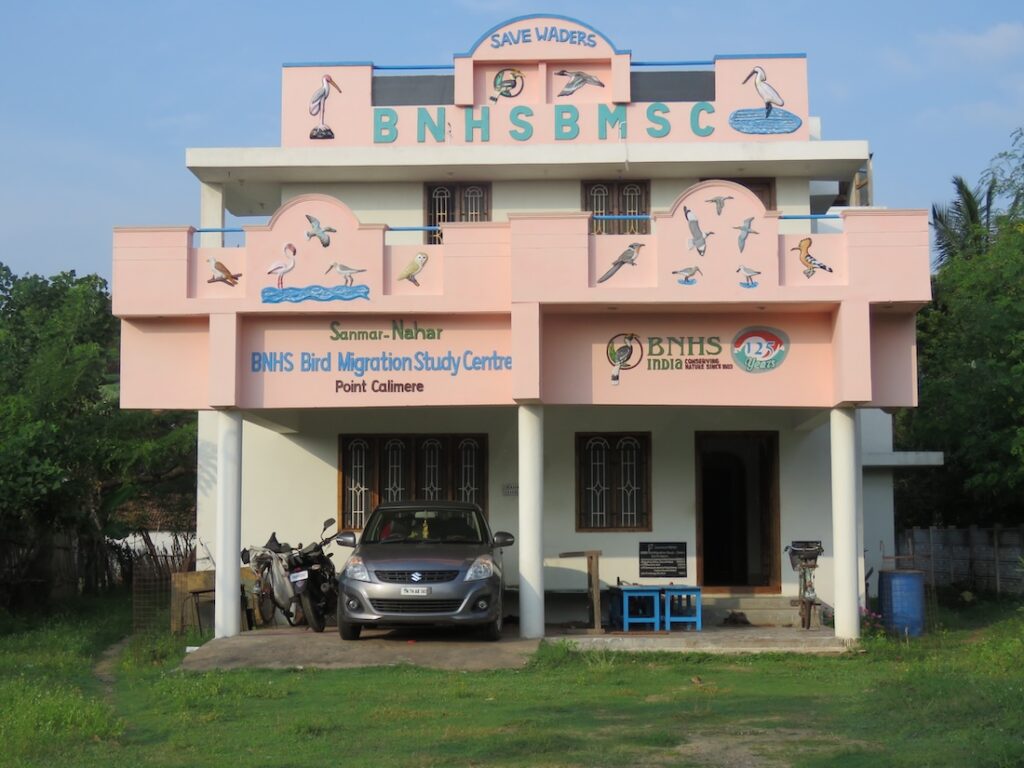
Indeed, through this citizen science initiative of BNHS, the volunteers and interns are making significant contributions to wildlife science. Dr. Sathiyaselvam explains how the bird-ringing digitised database is valuable for wildlife science.
“Scientists can analyse the data stored in such databases to answer vital research questions needed to frame policies at local, national, and international levels. For example, the data, taken over decades, gives us a clear picture of bird-sensitive areas so that infrastructure or other developmental projects planned in such areas take into account the safety of the birds. The database is also useful for studying changes in bird behaviour and morphology, as well as subspecies-level changes at local, national, and international levels. Such information is useful for designing bird conservation strategies,” mentioned Dr. Sathiyaselvam.
Thus, the bird-ringing data digitisation project is a shining example of how citizens and scientists can collaborate to bring about positive change in conservation. More such ventures are needed to speed up wildlife conservation efforts across India.


A great initiative ? What is the procedure for an interested researcher to get access to the digitised data ?
Please read A great initiative ? as A great initiative. Ignore the question mark. Thanks.